How are protein supplements made, In the fitness and nutrition industry, protein supplements have carved out a significant niche, supporting muscle growth, aiding in recovery, and helping to maintain general health.
Protein supplements have become a staple in daily routines, from athletes and bodybuilders to individuals looking to meet their nutritional needs. But have you ever thought about how these powders, bars, and shakes are created? What processes convert raw ingredients like milk, soy, and eggs into these nutritional powerhouses?
Understanding the manufacturing of protein supplements is essential to appreciate their quality and make informed choices about which types best fit your needs. How are protein supplements made,This guide delves into the journey from raw material to final product, detailing the various types of protein, the steps involved in production, and the quality control measures that ensure safety and efficacy.
What Are Protein Supplements?
How are protein supplements made, Protein supplements are dietary products designed to provide concentrated amounts of protein, an essential nutrient that plays a crucial role in muscle growth, tissue repair, and numerous bodily functions. The types of protein supplements are:
• Whey Protein: Sourced from milk, recognized for its fast absorption and full amino acid profile.
Casein Protein is another milk-based protein that digests more slowly, making it ideal for nighttime consumption.
Plant-Based Proteins: Obtained from sources like peas, soy, rice, and various plants.These are great alternatives for vegans or those with dairy sensitivities.
Egg White Protein: A high-quality protein derived from egg whites, known for its rich amino acid profile.
Collagen Protein: Sourced from the connective tissues of animals, it supports joint health and skin elasticity.
While each protein offers unique benefits, turning raw ingredients into consumable supplements makes these products accessible and practical.
The Manufacturing Process of Protein Supplements
Creating protein supplements involves a complex, multi-step process that includes sourcing, processing, and quality control. How are protein supplements made, The process varies slightly depending on the type of protein being produced but follows a general pattern.
Sourcing Raw Ingredients
The first step in creating protein supplements is sourcing high-quality raw materials. The raw ingredients are carefully selected based on the type of protein supplement being made:
Dairy Proteins (Whey and Casein): Sourced as by-products of cheese manufacturing. During cheese making, the liquid whey is separated from the solid curds.
Plant-Based Proteins: Sourced from crops such as soybeans, peas, rice, and hemp. Manufacturers typically use non-GMO and organic plants to ensure quality.
Egg White Protein: Derived from liquid egg whites, a by-product of the egg industry.
Collagen Protein: Sourced from animal bones, skins, and connective tissues of cows, pigs, or fish.
How are protein supplements made: Processing and Extraction
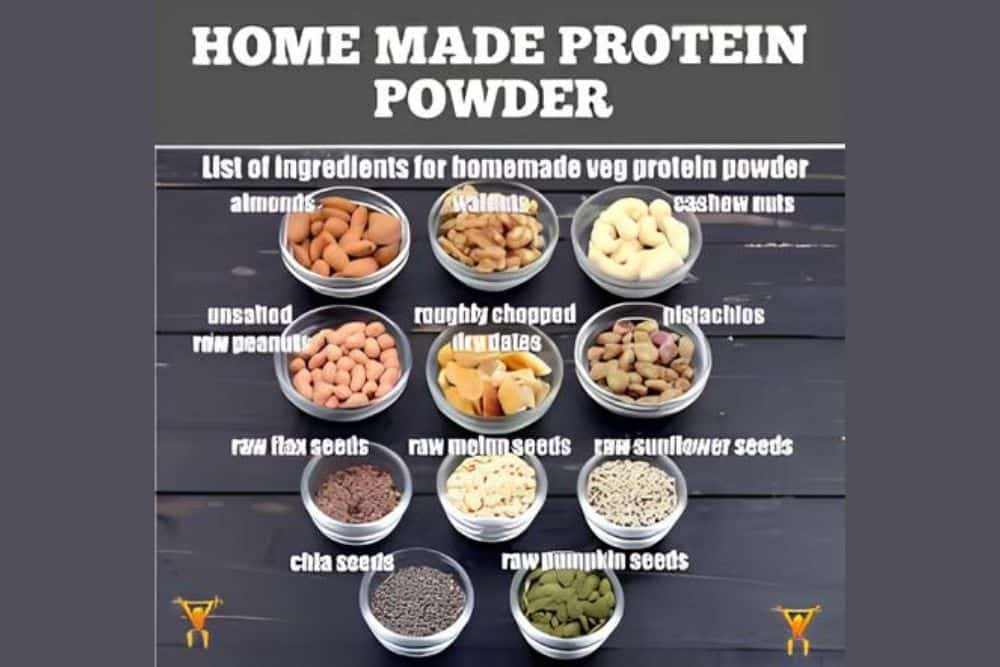
How are protein supplements made, The following stage in the manufacturing process involves extracting and isolating the protein from the raw materials. This step involves different methods depending on the type of protein:
Whey and Casein Protein
For whey and casein proteins, the extraction begins with milk. During cheese production, the curds, which are used to make cheese, are separated from the liquid whey. How are protein supplements made,The whey is then processed further using filtration techniques:
Microfiltration and Ultrafiltration: These methods use porous membranes to separate protein from fats and lactose. Microfiltration produces whey protein concentrate, which contains 70-80% protein, while ultrafiltration produces whey protein isolate, which contains 90% or more protein.
Ion-Exchange Processing: In some cases, whey is processed using ion-exchange chromatography, which uses electrical charges to separate protein molecules from other components. This technique allows for high purity but can affect some of the protein’s beneficial compounds.
Spray Drying: After filtration, the whey liquid undergoes spray drying, transforming the protein-rich liquid into a fine powder.
Plant-Based Proteins
Manufacturers typically start with legumes, grains, or seeds for plant-based proteins. The extraction process generally involves:
Grinding and Defatting: The plants are first ground into fine flour. Then, the flour is defatted to remove excess oils for soy and other oil-rich seeds.
Protein Extraction: The ground material is treated with water or other solvents to extract the protein. The solution is then filtered to separate the protein from carbohydrates and fiber.
Drying and Powdering: The extracted protein is spray-dried into a fine powder, resulting in products like soy protein isolate or pea protein concentrate.
Egg White Protein
The process of producing egg white protein includes:
Separation and Pasteurization: Liquid egg whites are separated from yolks and pasteurized to eliminate bacteria. The egg whites are then dried using spray-drying techniques to produce a powder.
Collagen Protein
For collagen protein, the process includes:
Hydrolysis: Animal tissues are heated to release collagen.This collagen is then broken down into smaller peptides through hydrolysis, making it easier to digest and absorb.
Drying and Pulverizing: The collagen peptides are dried and turned into powder, ready for packaging.
Flavoring and Additives
Once the protein is isolated, manufacturers often add flavors, sweeteners, and other ingredients to enhance taste and functionality. Natural flavors, cocoa, fruit extracts, and non-caloric sweeteners like stevia are commonly used. Additionally, certain supplements may include vitamins, minerals, or digestive enzymes to improve nutrient absorption.
Blending and Mixing
The powdered protein, flavorings, and additives are meticulously combined in large industrial mixers to ensure uniform distribution of the ingredients. This step is crucial for maintaining the consistency and quality of the final product.
Packaging
After blending, the protein powder is transferred into packaging containers such as tubs, pouches, or individual sachets. How are protein supplements made, packaging is typically done in a controlled environment to prevent contamination and maintain product freshness.
Quality Control and Testing
Quality control is an essential part of the manufacturing process to ensure the safety and efficacy of protein supplements. How are protein supplements made, Manufacturers perform thorough testing at different stages:
Microbial Testing: To identify any harmful bacteria, yeasts, or molds.
Nutrient Analysis: To confirm the protein content and ensure accurate labeling.
Heavy Metal Testing: To check for lead, arsenic, and mercury contaminants.
Flavor and Solubility Testing: To evaluate the taste and mixability of the final product.
Protein supplements that pass all these tests are labeled and prepared for distribution.
Types of Protein Supplements and Their Differences
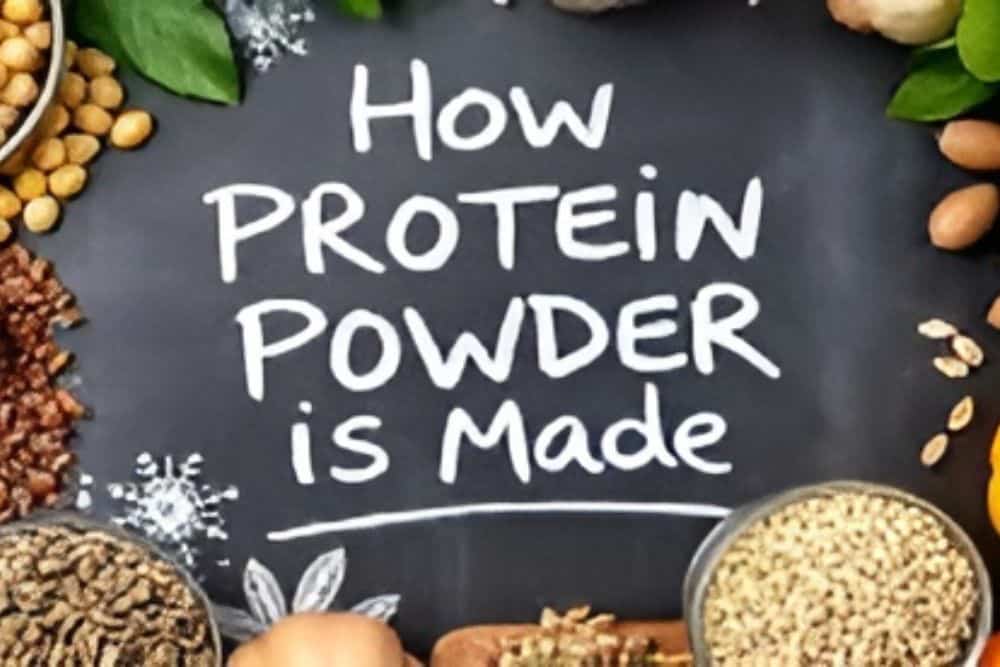
Whey Protein
Whey protein is the most popular type of protein supplement, known for its fast absorption and complete amino acid profile. How are protein supplements made, It comes in three primary forms:
Whey Protein Concentrate: Contains 70-80% protein, along with fats and carbohydrates.
Whey Protein Isolate: Contains 90% or higher protein, with very low levels of fats and carbohydrates.
Whey Protein Hydrolysate: Pre-digested for easier absorption and faster digestion.
Casein Protein
Casein protein digests slowly, making it ideal for sustained muscle recovery. It’s often taken before bedtime to release amino acids during sleep steadily.
Plant-Based Proteins
Plant-based proteins are gaining popularity due to their environmental benefits and suitability for vegans. How are protein supplements made,They are typically made from soy, peas, rice, hemp, or various plants to achieve a complete amino acid profile.
Egg White Protein
Egg white protein provides a full amino acid profile with very low fats and carbohydrates. It’s a great choice for those seeking a dairy-free, yet complete protein source.
Collagen Protein
Collagen protein is unique in its focus on joint, skin, and connective tissue health. Although it’s not a complete protein, its high glycine and proline content offers specific benefits.
Considerations When Selecting a Protein Supplement
How are protein supplements made, When choosing a protein supplement, keep the following factors in mind:
Protein Content: Choose a supplement that provides adequate protein per serving based on your fitness goals.
Amino Acid Profile: Look for complete proteins with all essential amino acids if your goal is muscle building.
Digestibility and Absorption: Consider proteins like whey hydrolysate for fast absorption or casein for slow release.
Allergies and Intolerances: Plant-based or egg white proteins are excellent choices if you’re lactose intolerant or vegan.
Quality and Purity: Opt for supplements from reputable brands with transparent ingredient lists and third-party testing.
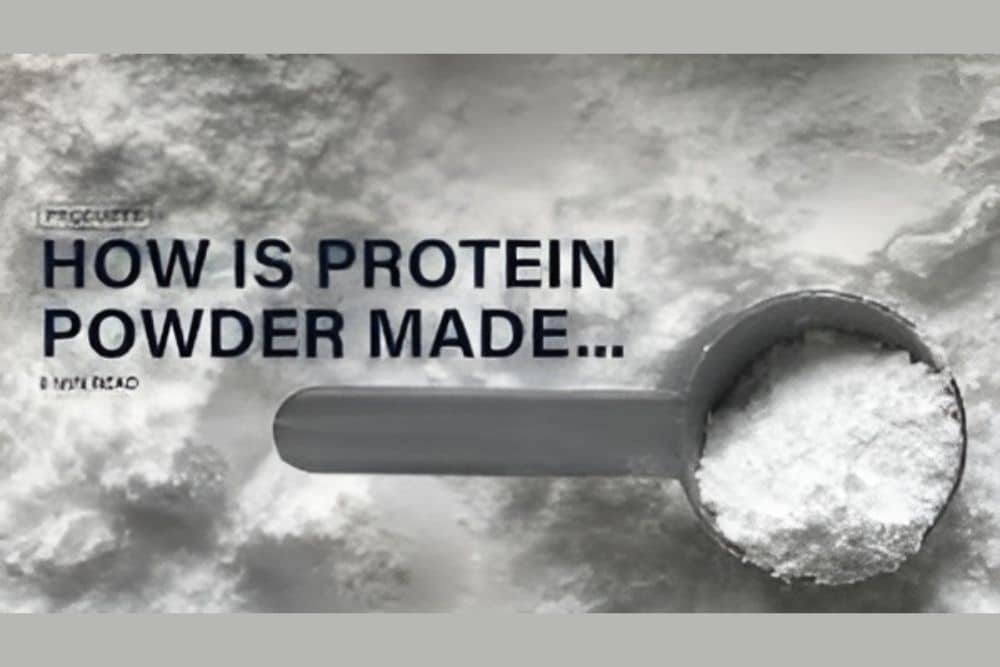
Conclusion
How are protein supplements made, Making protein supplements is an intricate combination of science, technology, and quality control. From sourcing raw ingredients to processing, blending, and packaging, each step is designed to maximize the nutritional benefits and ensure safety and efficacy. Understanding how these supplements are made can help you appreciate the complexities involved and make informed choices that align with your health and fitness goals.
Whether you prefer whey for its quick absorption, casein for prolonged recovery, or plant-based proteins for environmental and dietary reasons, the key is to choose a high-quality product that suits your needs. How are protein supplements made, Focusing on quality, protein content, and ingredient transparency can help you find a protein supplement to achieve your desired results.
In conclusion, while the journey from raw material to finished product may be complex, it’s ultimately about harnessing the power of protein to support your body in building strength, recovering effectively, and maintaining overall health. How are protein supplements made, Protein supplements have transformed from simple powders into refined products that play an essential role in modern health and wellness routines, proving that they can be a game-changer in your fitness journey with the right choice.
FAQ:
Q: What are protein supplements made from?
Ans: Protein supplements are made from various sources, including whey, casein, soy, pea, hemp, rice, egg whites, and collagen. These sources provide different types of protein to support muscle growth, recovery, and overall health.
Q: Are protein supplements safe?
Ans: Possible toxins: A report released by the Clean Label Project found some protein powders have heavy metals, pesticides, and other toxins, including mercury, lead, and arsenic. It’s unlikely that they have enough heavy metals to cause any serious health effects, but it’s still a good idea to drink them in moderation.
Q: Should I take protein supplement everyday?
Ans: It is safe to use protein powder every day. Protein powder is derived from whole food sources including dairy, soy, peas, rice, and eggs, amongst others. “Think of protein powders as a broken down, easy-to-consume form of the protein you find in milk, eggs, peas, etc.
Q: How are protein products made?
Ans: To make a protein concentrate, the protein is extracted from the starting material through heat or enzymes, which removes water and some of the minerals. The result is a powder that’s around 70% to 85% pure protein, with the rest of the powder consisting of carbohydrates and fats.



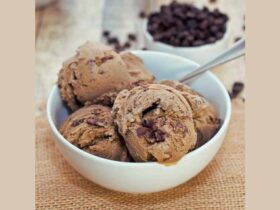

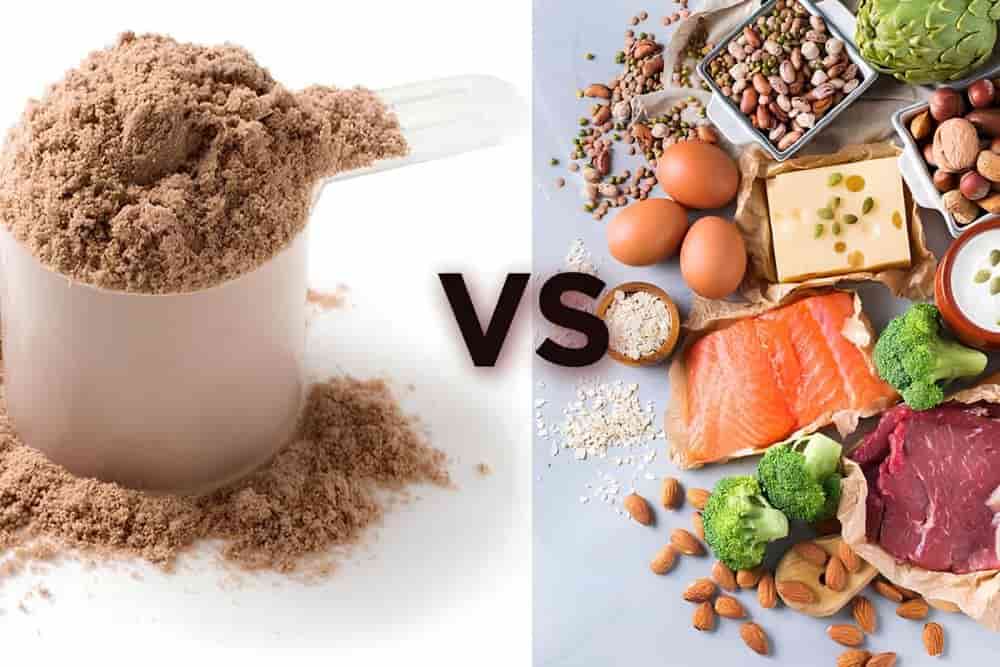

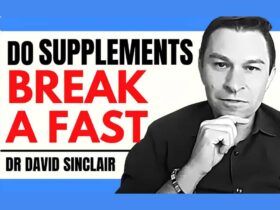
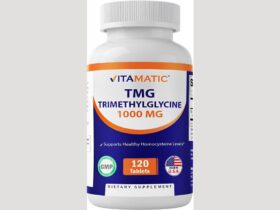


Leave a Reply